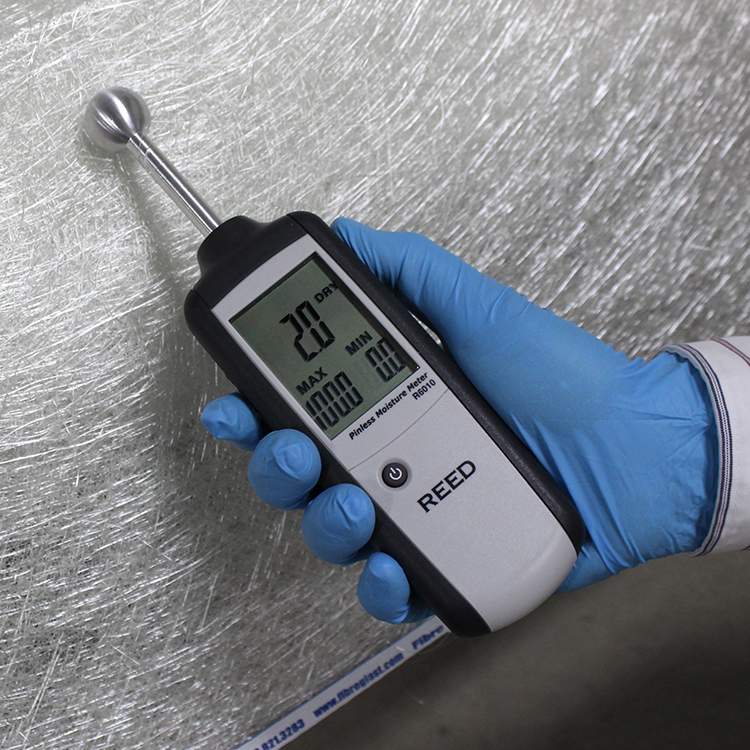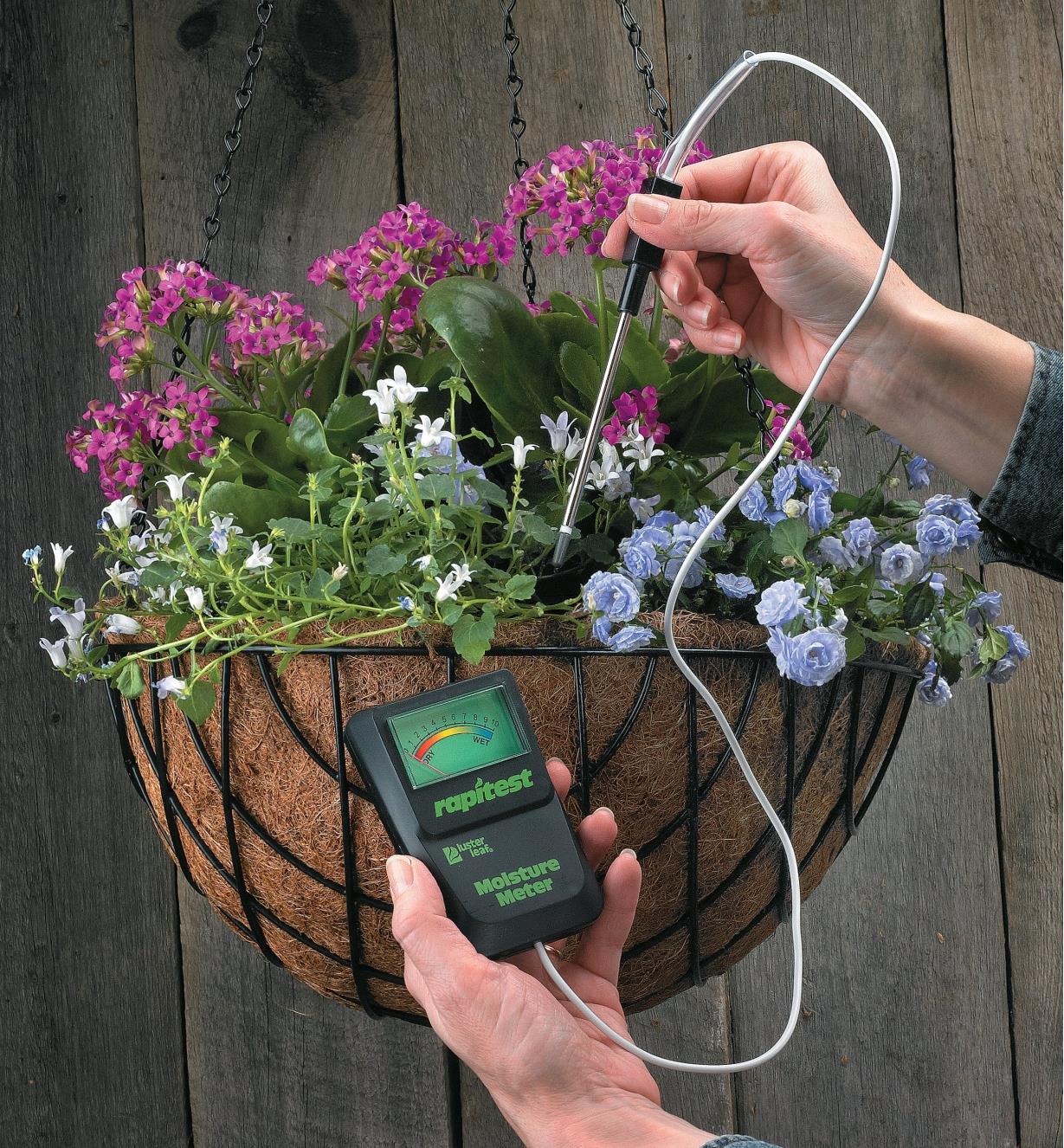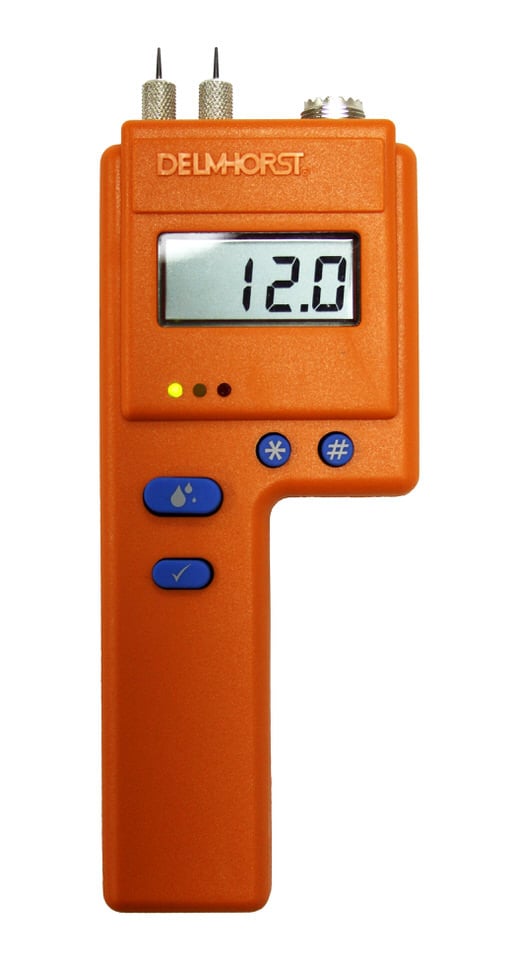Understanding the Relevance of a Moisture Meter in Avoiding Mold And Mildew and Water Damage in Your Home
In the world of home maintenance, the presence of moisture can frequently be a quiet yet awesome enemy, capable of triggering prevalent mold development and dangerous water damage if left untreated. Recognizing the importance of a dampness meter in this fight is not merely an alternative yet a critical requirement.

Relevance of Wetness Detection
Efficient dampness discovery methods are critical for protecting properties and stopping possible mold growth and water damage. Wetness can seep right into various building products, causing architectural concerns and carcinogen - Moisture Meter. By making use of a wetness meter, homeowner can proactively determine locations prone to excess moisture, permitting for prompt treatment and reduction methods
Moisture meters supply exact analyses of wetness degrees in various materials such as drywall, timber, and concrete. This information assists in determining locations of worry, also in hidden or hard-to-reach areas. Early discovery of moisture accumulation enables punctual repair services or changes to stop further damage.

Exactly How Dampness Meters Job
Moisture meters play a critical duty in the aggressive recognition of excess wetness, assisting in the prevention of potential mold and mildew growth and water damage by supplying exact analyses of dampness degrees in different building materials. These devices work based on various principles, depending upon their type. Pin-type moisture meters, as an example, have two pins that permeate the material to gauge the electric resistance in between them. When wetness exists, it boosts the material's conductivity, bring about a reduced resistance analysis. Pinless dampness meters, on the other hand, usage electromagnetic sensors to check the material without causing damage. These sensors release electromagnetic signals that permeate the material and determine the dielectric buildings, showing dampness material. Some progressed dampness meters pin both incorporate and pinless modern technologies for detailed dampness detection. Recognizing exactly how moisture meters function is vital for accurate and prompt dampness degree analyses, allowing effective preventative measures against mold and water damage.
Finding Early Indication
Upon preliminary examination of a property, acknowledging refined signs of excess dampness ends up being critical in the very early detection of prospective mold growth and water damage. Some common early caution indications consist of mildewy odors, water discolorations on walls or ceilings, peeling paint or wallpaper, and distorted or discolored surfaces. Moldy odors commonly suggest the visibility of mold or mold, even if no noticeable signs appear. Water discolorations can indicate leakages or seepage, while peeling off paint or wallpaper might be a their explanation result of dampness jeopardizing the attachment of these products to the surface area. Deformed or stained surface areas, such as distorting floorboards or stained drywall, are clear signs of water damage. Moisture Meter. Additionally, an increase in allergic reaction signs or respiratory issues among residents might suggest the existence of mold and mildew as a result of excess wetness. By immediately recognizing and resolving these early indication, homeowners can alleviate the danger of considerable mold development and water damage in their buildings.


Protecting Against Mold And Mildew Growth
Acknowledging early caution indications of excess moisture within a home not just makes it possible for punctual detection of potential mold and mildew growth and water damages however also serves as a proactive step in protecting against the proliferation of mold. To properly protect against mold growth, it is important to address any type of resources of moisture without delay.
In addition to dealing with moisture resources, maintaining indoor humidity degrees listed below 60% can significantly hinder mold and mildew development. Appropriate ventilation, ample insulation, and making use of a/c unit or followers can help control interior moisture degrees. Checking dampness levels in areas prone to moisture, such as cellars and crawl rooms, making use of a dampness meter can additionally assist in very early discovery of raised dampness degrees and prospective mold and mildew development. By taking proactive steps to stop excess moisture and mold and mildew development, homeowners can guard their building and indoor air quality.
Benefits of Normal Surveillance
Normal surveillance of wetness levels in a residential or commercial property can play an important duty in maintaining a healthy indoor environment and stopping potential mold and water damage. By on a regular basis inspecting dampness levels, property owners can discover any type of concerns promptly and take necessary actions to stop mold and mildew development and water damages. find out this here One of the essential benefits of regular monitoring is early detection. By determining and dealing with high wetness degrees beforehand, property owners can intervene before mold and mildew has the opportunity to spread out and establish. This positive approach can save both time and money in the lengthy run by protecting against extensive mold remediation and fixing expenses (Moisture Meter).
Moreover, routine monitoring enables homeowners to track patterns and trends in dampness levels over time. Eventually, the regular tracking of moisture degrees equips property owners to secure their building, guard their health and wellness, and preserve the stability of their interior setting.
Conclusion
In verdict, making use of a dampness meter is necessary in protecting against mold and water damage in homes. By detecting very early caution indicators of dampness, property owners can take positive actions to avoid mold and mildew development and expensive repairs. Normal surveillance with a dampness meter can help maintain a healthy indoor setting and secure the architectural integrity of the home. It is a useful device for making sure the security and well-being of citizens.
By utilizing a dampness meter, property proprietors can proactively recognize areas vulnerable to excess wetness, enabling for timely treatment and reduction strategies.
Wetness meters give accurate readings of dampness degrees in various products such as wood, drywall, and concrete.Moisture meters play a pivotal function in the proactive identification of excess wetness, helping in the avoidance of potential mold and click to read mildew growth and water damage by providing precise analyses of wetness levels in various building materials. Comprehending just how moisture meters function is essential for prompt and accurate dampness level analyses, making it possible for reliable preventive actions against mold and mildew and water damages.
Monitoring moisture degrees in areas vulnerable to moisture, such as cellars and creep areas, making use of a wetness meter can likewise help in early detection of elevated wetness levels and potential mold and mildew growth.